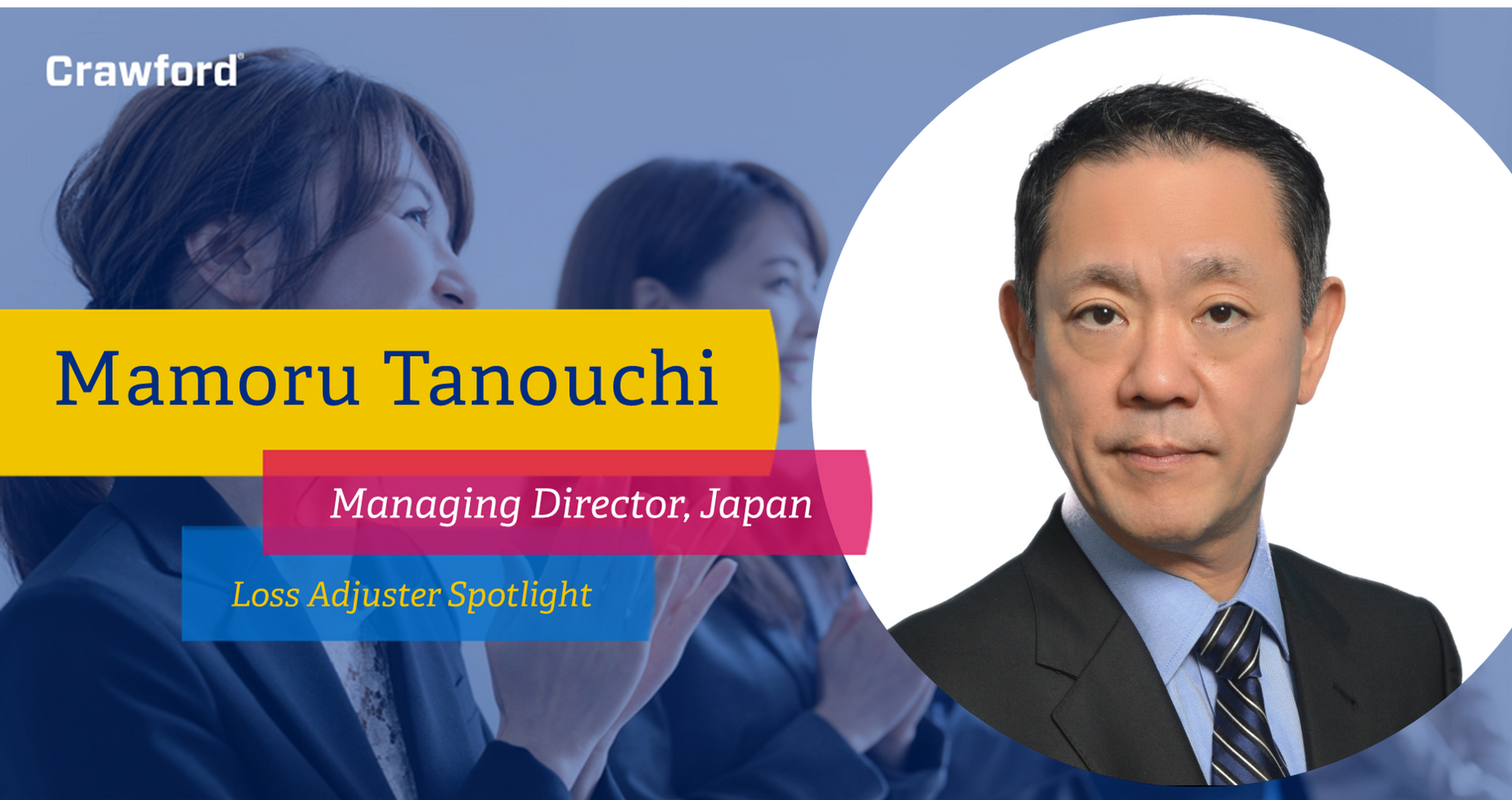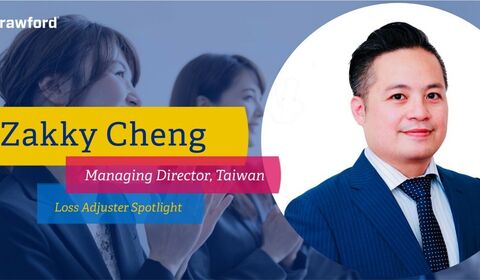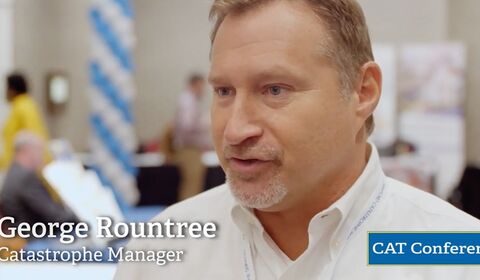
Why the earthquake in Japan was a game changer
Mamoru Tanouchi heads the Japan operations. Mamoru’s career as a loss adjuster spans well over 15 years with international experience having worked in San Francisco and New York.
He cites the Tohoku Earthquake in 2011 and Thailand floods in 2011 as his two most memorable catastrophe losses.
The severity of the earthquake changed the dynamics
Prior to the Tohoku Earthquake, international loss adjusting was not widely recognised in the Japanese market. The earthquake flattened swathes of the country and changed the dynamics in terms of the international dimension to claims. Mamoru says that situation may have been due to the higher retention by local insurers which afforded little opportunity for reinsurers to be involved in cases that occurred in Japan.
Fascinating time in terms of investigating multiple causes
The event was a first for Mamoru and for many in the Japanese insurance industry with respect to concurrent cause situations under contingent business interruption. “At that time, especially in Japan, that was a fascinating experience for us to conduct wide area damage, which means the need to consider the incident not by one causation, but also multiple causations, concurrent causes,” he says.
Mamoru points out that most of the market (not only in Japan but across the global insurance market) were not familiar with concurrent causes and it was this set of circumstances that changed the relationship with international adjusters in the Japanese market.
“The size of loss was very unusual at that time,” he says, revealing that one loss he adjusted reached US$200 million and that the sheer scale of the losses gave a lot of influence to international reinsurers.
He says, “That is why the international reinsurers recommended the Japanese local insurers to appoint international loss adjusters. Sometimes the insured directly appointed international loss adjusters and dispatched them to Japan.”
Exceedingly complicated claims
The earthquake devastated so much of Japan and had significant consequences for business interruption (BI) claims.
“However, in the case where multiple suppliers got the damage, where the level of the damage to each supplier is different, the impact to the assembly line of the final product could vary, so it is not easy to evaluate how the business loss is derived from,” says Mamoru, speaking in general terms.
The situation sometimes became even more complicated where the manufacturer could produce and supply say for example a finished TV, but the finished TV still cannot reach market. Mamoru says, “Especially in an earthquake, where the wholesaler or retail shop is also damaged. The seller is not able to make the sale even though the product is available.”
This meant that Mamoru had to see both sides, the supplier side, and the customer side, not only one by one but also involving multiple suppliers and multiple customers.
Thai floods were even more complicated
The Thai floods occurred later that same year and were even more complicated. The number of locations (countries) involved and the number of affected parties in the flood further contributed to the recognition of international loss adjusters in the Japan market, according to Mamoru.
Mamoru shared one incident that involved working across 20 jurisdictions. A manufacturer in Thailand sustained damage from the flood, which led to supply shortages to the downstream Thai manufacturer and subsequently affected the final product manufacture in Japan. The seller or distributer of that final product, all sustained losses to an extent and this international dimension raised the complexity.
Simulations used to fine-tune performance standards within the team
Japanese business culture is known throughout the world for its meticulous attention to detail and making preparation for any eventuality. Mamoru is a strong advocate of case studies to aid the company’s ability to react to future large loss scenarios. He proactively plans and conducts pre-incident exercises that prepare the team to positively respond to the client’s needs.
Mamoru explains, “Almost every year, regardless of size, we have some disaster such as typhoon, so we prepare for incidents and conducts simulations on a monthly basis.”
“One of the most important parts of claims management is to evaluate or estimate the reserve for the insurer,” says Mamoru. He shares plans and timelines detailing each stage of the process and offers regular updates as part of best practice.

Customer satisfaction part of Japanese DNA
Mamoru believes Japanese business culture is strongly tilted towards the ethos of customer satisfaction.
Maximising customer satisfaction involves communicating closely with the insured to identify issues at an early stage, he states. It is important that any adjustments are considered reasonable or understandable by the insured.
He sums up his customer ethos and the concept of RESTORE as “not being afraid of moving forward and doing something new as I believe that becomes a benefit for the clients”. He regards his clients as both the insurers and the insured.



